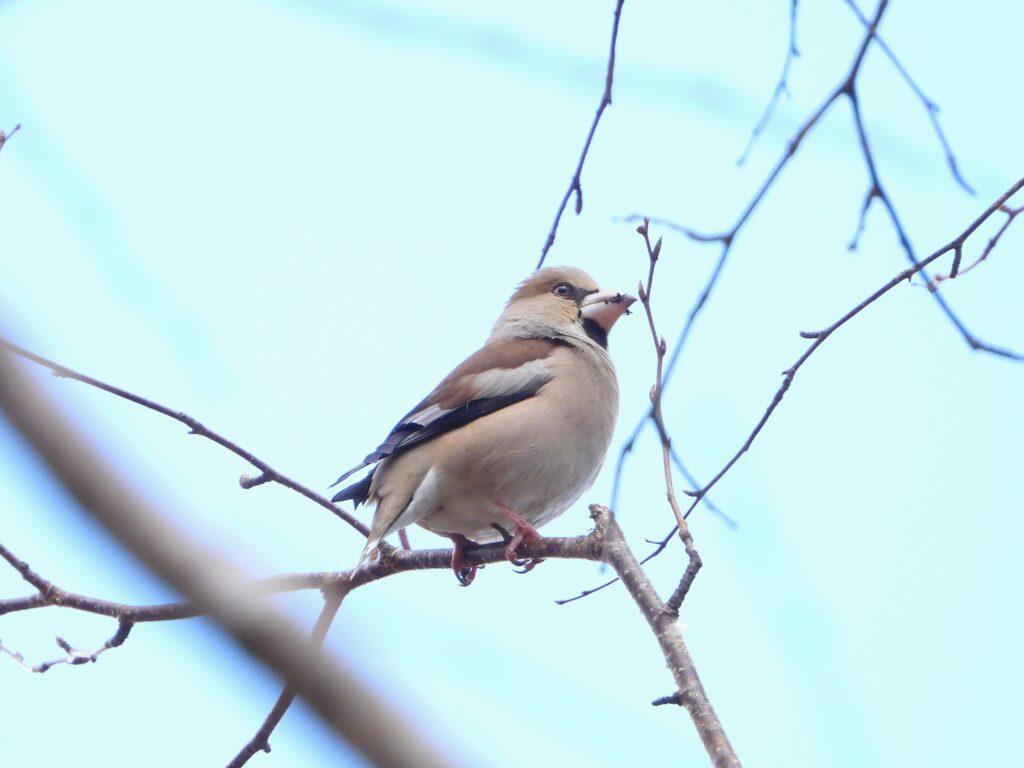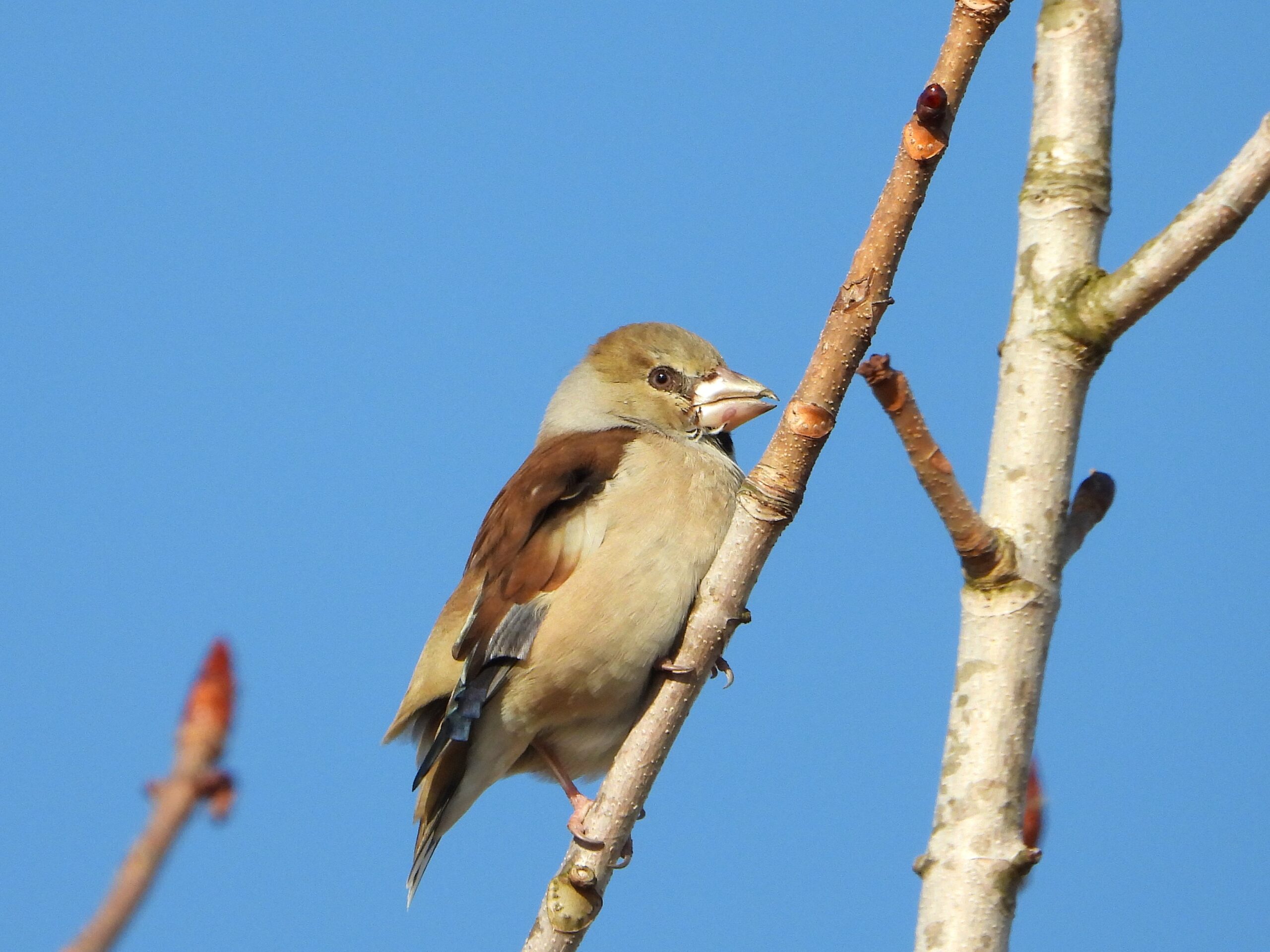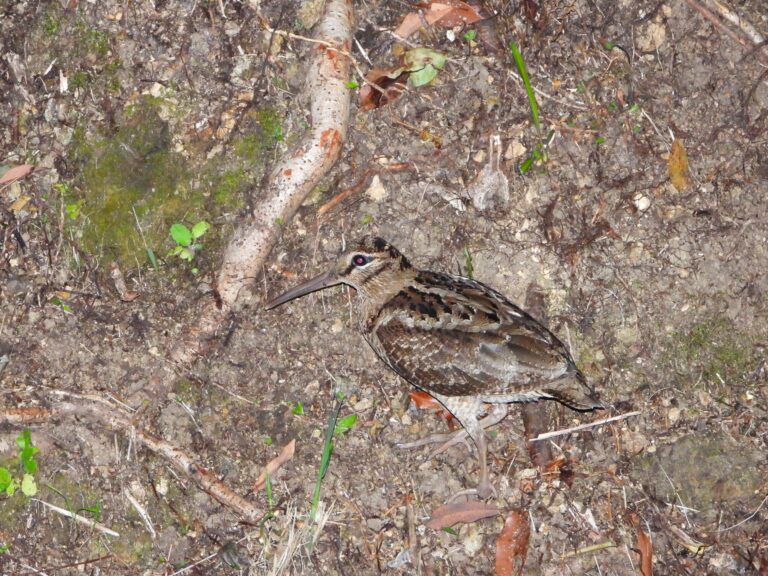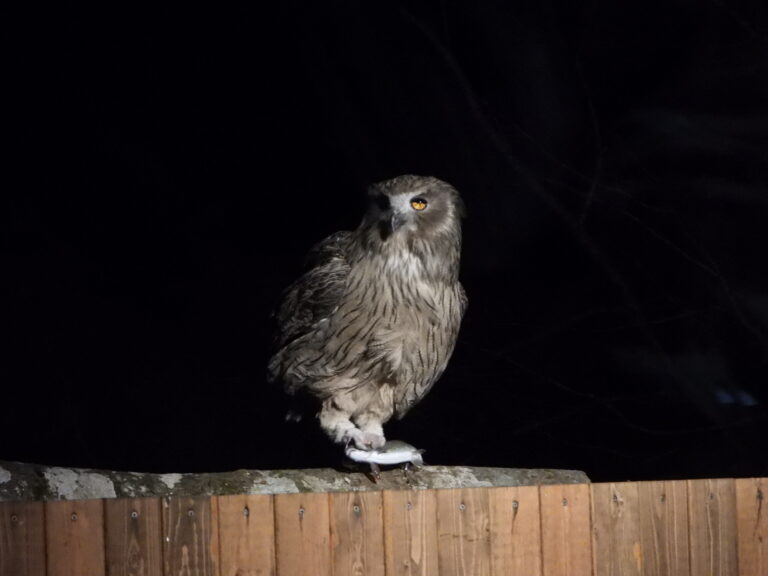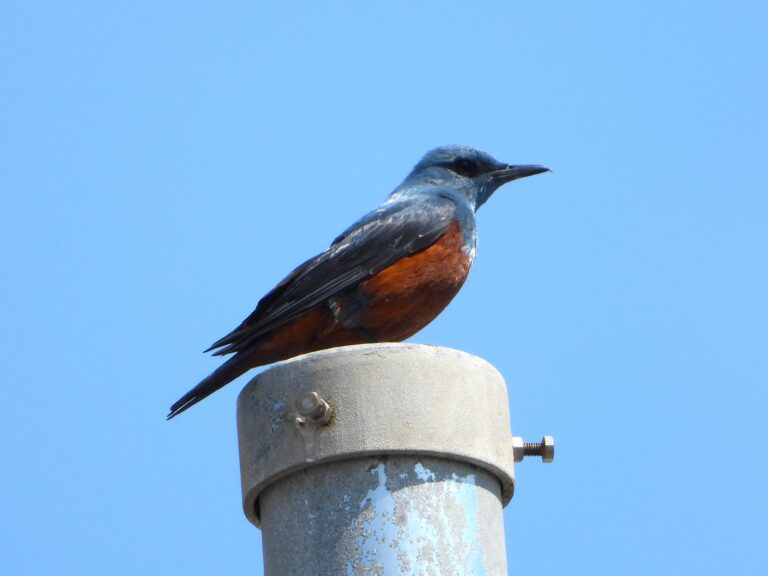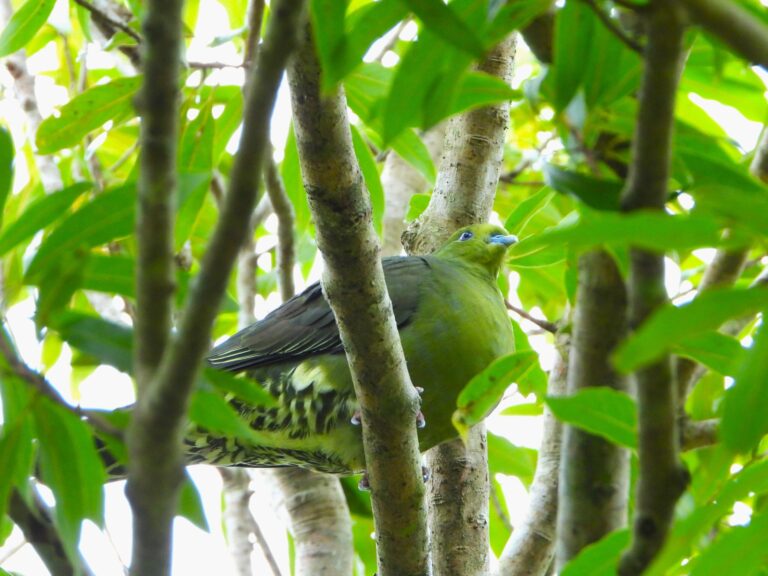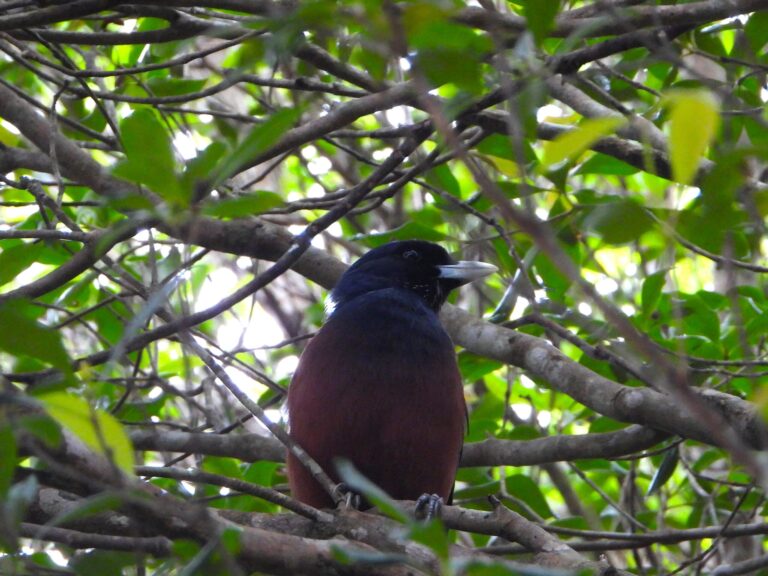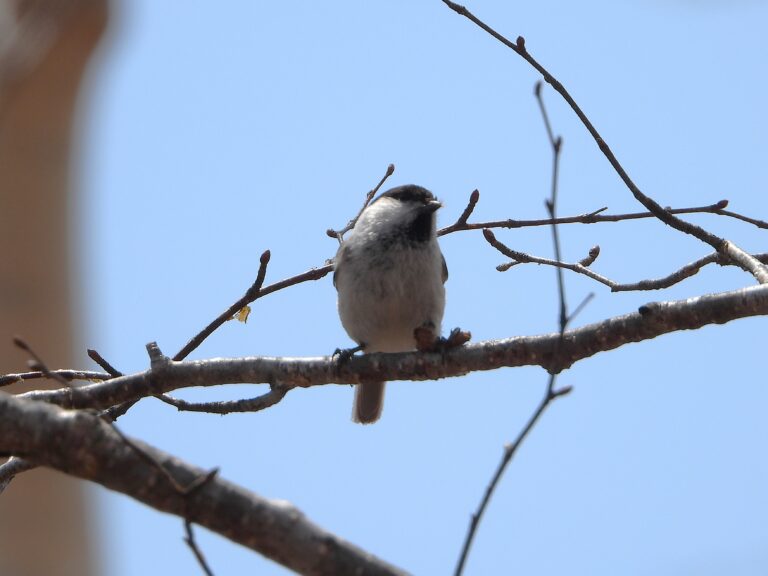Eurasian Hawfinch (Coccothraustes coccothraustes) – Wildlife of Japan
Introduction
The Eurasian Hawfinch is a stocky finch with a large head and an exceptionally powerful bill capable of cracking hard seeds. It inhabits temperate forests across Eurasia. In Japan, it breeds mainly in Hokkaidō, while most individuals migrate south to Honshū for the winter. This chunky, quiet bird is a familiar winter visitor to parks and wooded areas throughout the country.
Appearance
About 18–19 cm in length. It has a brownish head, a black mask around the eyes, a grey nape, a white wing bar, and a black-and-white tail. Males and females look similar, though females are slightly duller in tone. Juveniles have paler plumage with fine mottling.
Habitat & Distribution
Prefers deciduous forests and wooded parks rich in fruit- and seed-bearing trees such as cherry and beech. In Japan, the species breeds in Hokkaidō, with rare breeding records from parts of Honshū such as Nagano. From autumn onward, many move south to central and southern Honshū to overwinter, often visiting urban parks and temple woods.
Where to See in Japan
Best observed between November and March in flatland parks, greenbelts, and temple forests, especially where cherry or beech trees grow. Around Tokyo, Mt. Takao is a well-known site to encounter them.
Behavior
Usually wary and quiet, the hawfinch spends much of its time perched in the canopy. In winter, it forms small flocks and gives sharp, metallic “tick” calls during flight. Its heavy body and powerful posture make it distinctive even among other finches.
Diet
Feeds mainly on hard seeds such as those of cherry (Prunus), beech (Fagus), hornbeam (Carpinus), maple (Acer), and oak (Quercus). During the breeding season, it also consumes insects. Its thick bill easily crushes tough seeds and fruit stones.
Reproduction
Breeding in Japan is confirmed primarily in Hokkaidō, with rare cases reported from Honshū (e.g., Nagano). The cup-shaped nest is built on tree branches, and clutches typically contain 4–5 eggs. The breeding season occurs from May to June.
Conservation
Classified as Least Concern by the IUCN, the Eurasian Hawfinch is not currently threatened. Although local populations fluctuate, it remains a common winter bird across Japan.
Author’s Impression
On a quiet winter morning, a clear metallic “tick” revealed a hawfinch perched high above. Its thick bill and sturdy body give it a noble, almost ancient strength. Watching it crack open a seed with ease is always captivating.
